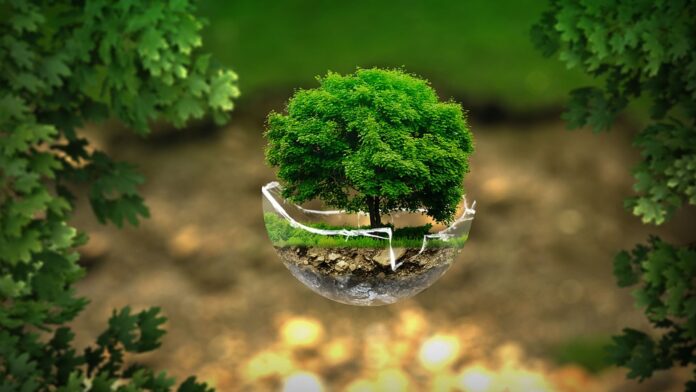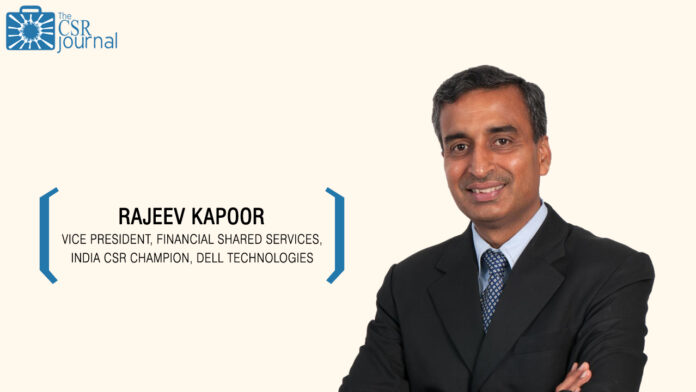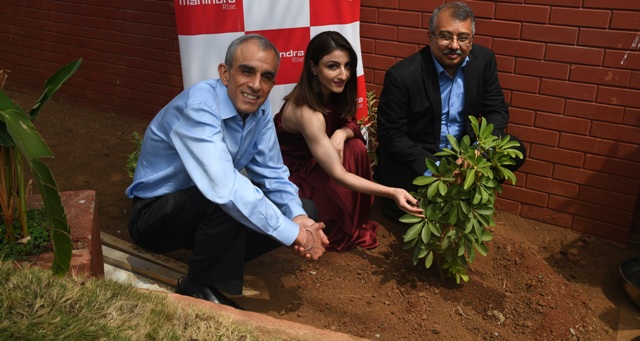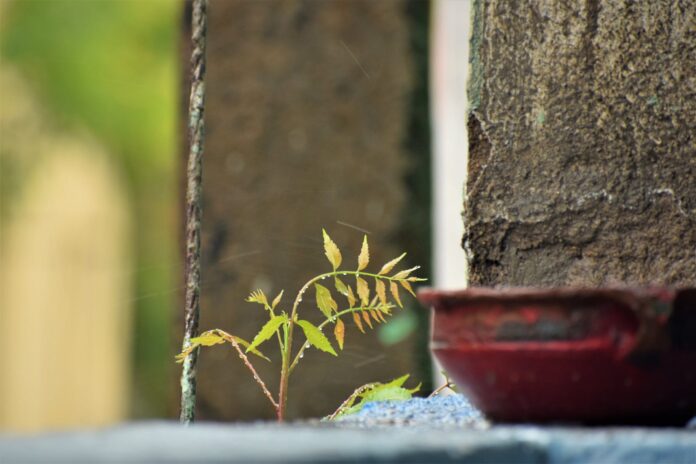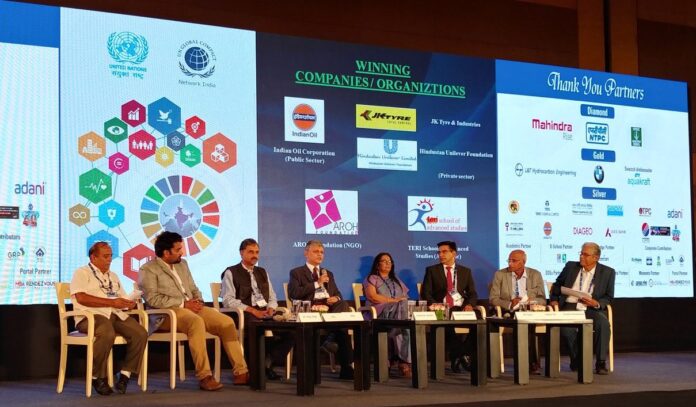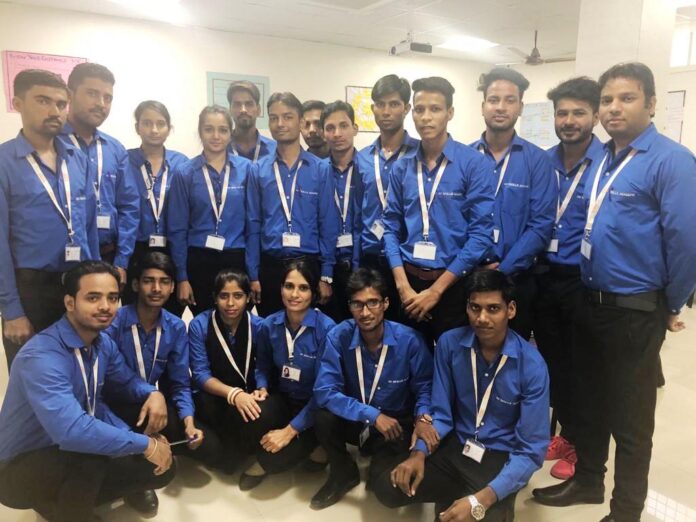Sustainable innovation is the mantra that Dell technologies seem to have adopted in its business processes as well as CSR initiatives. With various innovative solutions for waste management through recycling and reusing the accumulated waste, Dell has taken sizeable steps in contributing to environmental conservation. The company is also taking steps in improving the employability of the youth in the country.
Rajeev Kapoor, Vice President, Financial Shared Services, India CSR Champion, Dell Technologies spoke to Hency Thacker in an exclusive interview with The CSR Journal about his views on CSR and various initiatives by the company.
What is your motivation to involve yourself in the CSR part of the business?
It is a great feeling when you do well in business along with being able to give back to the community. I have always had an inclination for contributing to social welfare, even on an individual level. So when I was presented with this opportunity some 8 years ago, it was a natural choice for me. I have not looked back since I took up the leadership in CSR since this is something I am very passionate about.
What are some of the causes that are close to your heart?
Education and skill training is something that I strongly believe in. In a country like India, there are so many different causes that need attention. But the cause that really resonates with me is that every person of every background should get a quality education and appropriate understanding of technology. This is the only way to ensure that they are able to face the world of tomorrow and place themselves at a good standing in the competitive society, which is going to be a lot more connected and technology based.
I believe that if we are able to fix the education scenario in the country, then we are setting ourselves up for success in addition to the demographic dividends.
Tell us about some of the initiatives that you are leading with Dell Technologies?
We are committed to driving human progress by putting up technology and expertise to work. In India, we are working extensively in the education space with our flagship program Dell Youth Learning, which is a component of our ‘2020 Legacy of Good’ plan. For this, we have collaborated with NITI Aayog to set up and support about 86 ‘Atal Tinkering Labs’ in order to enable access to technology for the youth, which provides them with space to drive innovation.
Apart from this, we also encourage our employees to volunteer for various social, cultural and environmental causes. Volunteering is a key factor in the DNA of Dell’s culture. In fact, across the company of around 140,000 people, more than half of them actively volunteers in a year. In India, about 70% of our employees volunteer at least for a few hours every year for any cause they believe in. Dell employees have always actively participated in providing disaster relief measures in areas that have witnessed nature’s fury.
What does Dell do to ensure that CSR is imbibed in the corporate strategy and operations and is not merely a philanthropic act?
We at Dell believe in a circular economy. We always try to figure out that how can we create an environment in which we can recycle all the electronic products that are being made in an environment-friendly way or what can be done to make our products more energy efficient. We have also made our supply chain completely transparent. Apart from this, we are also committed to reducing ocean plastic pollution. For this, we pulled out a sizeable amount of plastic waste from the oceans and used that in the packaging of our flagship products.
There are changes happening in our society. The environment is creating an opportunity for us to either shift the way we all live and work or continue in the status quo. As we embrace the digital future, a choice to embrace sustainability. Whether it’s we as a company, our customers, our suppliers and all of us as human beings, we have a choice to adapt to sustainability in doing everything we do. And at Dell, we have made our choice to be as sustainable as possible.
How can corporates participate in bringing about social mobility in a society?
I think the most important thing that needs to be addressed is ensuring that everyone is receiving the right kind of education. Focusing on skilling people in a way that they are able to do some meaningful work in a technologically advanced world that we are moving in, is the need of the hour. I believe if we are able to achieve that, then we can certainly bring about social mobility in society.
Corporates can equip people with knowledge and skills which would improve their quality of life and give them an opportunity to experience the way the world is advancing.
What should an ideal India look like in your opinion?
I would like India to be a place where we give everybody an equal opportunity. A place where there are no biases based on gender, caste, or class. A country that is vibrant in its diversity and is leading innovation in the world.
Thank you for reading. In addition, your thoughts and inputs will genuinely make a difference to us. Please drop a line and help us do better.
Regards,
The CSR Journal Team
Subscribe




